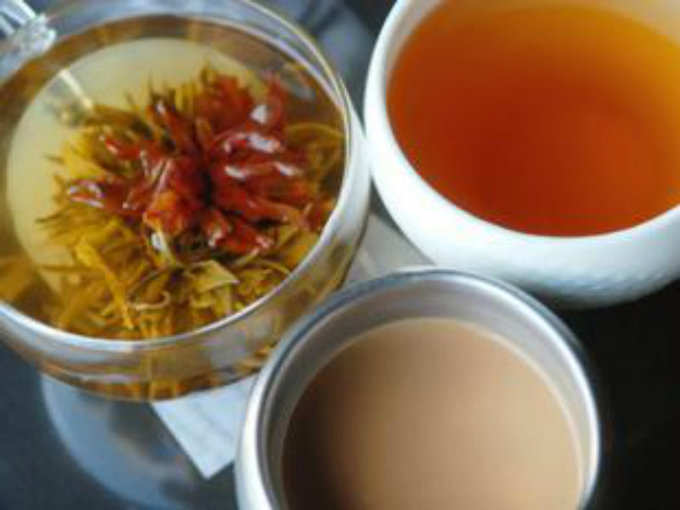
What is the cost of your taste buds? No, this is not an absurd question. Let me introduce
That doesn’t mean he actually drink much tea. But, yes Michaelis had tasted about 500,000 teas during his tenure at Tetley in the UK since 2005.
When asked about his work, Michaelis, 32, said: "We brew the tea incredibly strong to ensure we pick up all the finer notes and flavours and then we use a dessert spoon to slurp the liquid and spit it out. It has to be seen, or heard, to believe, but tea tasting is a very noisy affair."
A Tata Global Beverages (TGBL) spokesperson said its blenders have over 900 years of combined tea tasting experience and that they taste 40,000 cups of tea every week.
The person also said: "The palate of our blenders is so refined that they can identify a variety of teas from any tea garden from across the globe. To achieve the best blend, their
Therefore, it is no wonder then that TGBL has insured Michaelis's taste buds for £1 million.
Michaelis is happy about the
The taste also depends on the weather, so it's critical for experts like Michaelis to use their skills to precisely grade every tea that is purchased and decide how much to use in each blend.
Tea tasting is critical in an evolving consumer market. One of the key challenges in blending is ensuring consistency so that the brand always tastes the same. Every blend is taste tested eight times before it goes to market, TGBL said.
That's why TGBL invests heavily in training the tasters. It takes a minimum of five years before they're considered `qualified'.
"Blending tea, like blending whisky or champagne, is a fine art," said the master tea blender for Tetley, the largest brand of TGBL.
"First, I examine and grade the colour, size and density of the leaf. Then I assess the brew's purity of colour (its sparkle), the weight of the tea in the mouth (its body) and the overall liveliness of the tea on the palate (its zing). This is how we ensure that each Tetley blend is made to deliver the same quality taste, cup after cup."TGBL's tasters even have a secret language they use to grade any tea from around the world.
Besides, Michaelis also keeps an eagle eye on global consumer trends.
"In tea trends, we're seeing the green, fruit and herbal market growing across geographies. This is partly influenced by the growing importance consumers place on health and wellness as well as an increasing willingness to experiment with new flavours and formats in tea," he said. "In India, tea preferences vary across regions, so blenders need to be able to create varying blends depending on whether a strong brew is preferred or a milder cup of tea."
The green tea segment has seen rapid growth in India, so blenders need to develop a portfolio of green tea options.
(Image: Indiatimes)
